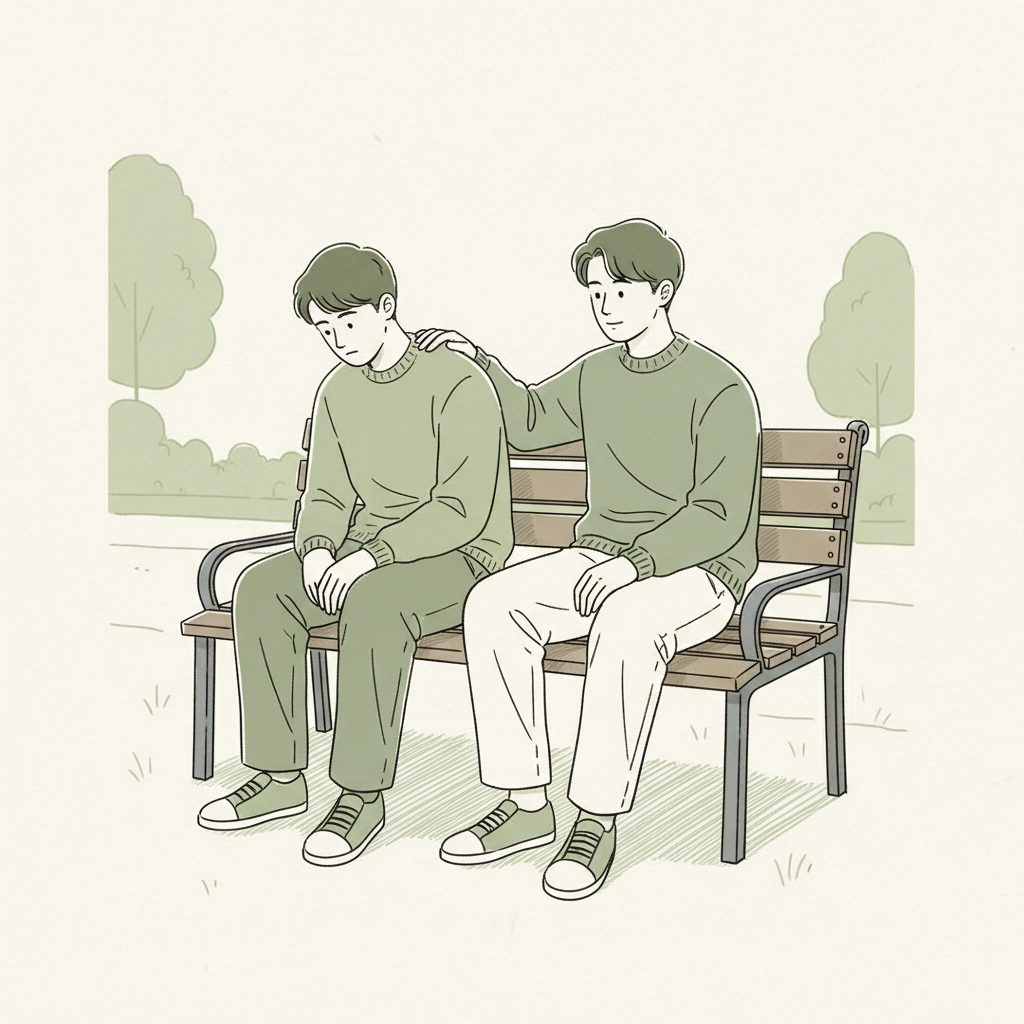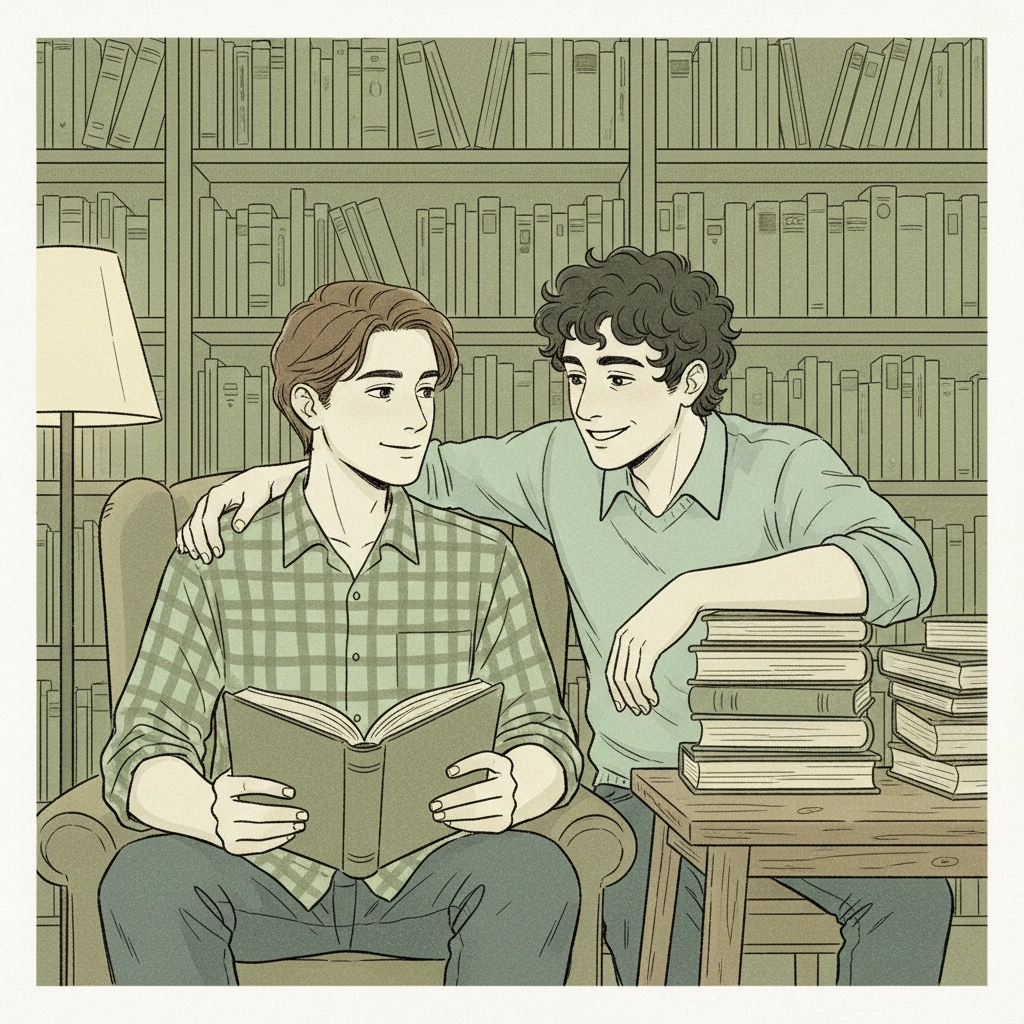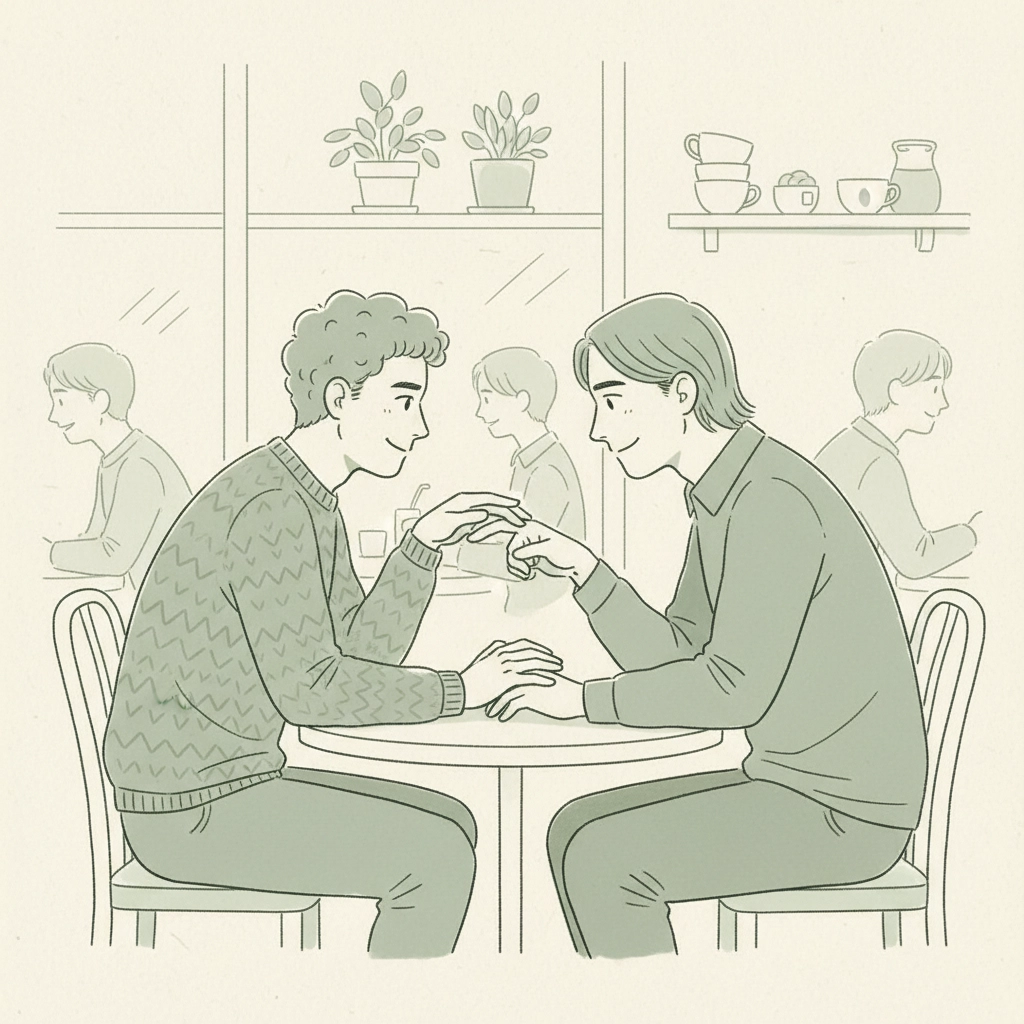Writing authentic bisexual male characters in MM romance requires more than good intentions. Too many writers fall into harmful patterns that reduce complex identities to tired tropes or convenient plot devices. When crafting The Little Prince of the Lonely Star, these pitfalls became crystal clear: authentic representation demands emotional nuance, genuine understanding, and respect for the full spectrum of human experience.
Get 15% off all eBooks with code 15News - Discover authentic LGBTQ+ stories that challenge stereotypes and celebrate genuine connection.
Mistake 1: Treating Bisexuality as a Phase or Plot Twist
The most damaging mistake writers make is portraying bisexuality as temporary: a stepping stone from straight to gay rather than a valid, stable identity. In MM romance, this often manifests as characters who "discover" they're actually gay after one meaningful relationship with a man, erasing their previous attractions entirely.
Real bisexual men don't suddenly stop being attracted to other genders when they fall in love. In The Little Prince of the Lonely Star, the prince's capacity for love isn't diminished or redirected: it's explored with the same depth and permanence as any other aspect of his identity. His bisexuality isn't a phase to overcome but a fundamental part of who he is.

Subscribe to our newsletter with code 15News for exclusive content and 15% discount on authentic LGBTQ+ romance collections.
Mistake 2: The Promiscuity Stereotype
Writers frequently hypersexualize bisexual characters, portraying them as inherently promiscuous or unable to commit. This harmful stereotype suggests that attraction to multiple genders equals an inability to form deep, monogamous relationships. In MM romance, this often manifests as the bisexual character being the "experienced" one who must learn to settle down.
Authentic representation acknowledges that bisexual men have the same capacity for love, commitment, and emotional depth as anyone else. Sexual history doesn't determine someone's ability to form meaningful bonds. The gentle intimacy in The Little Prince of the Lonely Star demonstrates how authentic connections transcend stereotypes about sexual behavior.
Mistake 3: Making Bisexuality the Entire Character Arc
When bisexuality becomes a character's only defining trait, writers miss opportunities for genuine depth. These one-dimensional portrayals reduce complex individuals to walking sexuality labels, denying them the full range of human motivation, conflict, and growth.
Browse our LGBTQ+ romance collection featuring multidimensional characters with code 15News for 15% off.
Bisexual characters need dreams, fears, professional goals, family relationships, and personal struggles that exist independently of their sexuality. In authentic representation, bisexuality informs character development without overwhelming it. The prince in The Little Prince of the Lonely Star grapples with loneliness, identity, and connection: his bisexuality is woven naturally into these deeper themes.

Mistake 4: Avoiding Explicit Identity Confirmation
Many writers rely on subtext and implication rather than explicit identity confirmation, creating ambiguity that serves no one. In MM romance, this often appears as characters who show attraction to multiple genders but never claim the bisexual label, leaving readers to guess or assume.
Authentic representation requires the same explicitness afforded to any character's identity. If straight characters can casually mention opposite-gender attractions, bisexual characters deserve equal clarity. This isn't about writing sexuality exposition dumps: it's about natural, authentic self-expression that validates reader experiences.
Get 15% off with code 15News - Support stories that explicitly celebrate bisexual identity without hiding behind ambiguity.
Mistake 5: The Villainous Bisexual Trope
Bisexual characters are disproportionately portrayed as manipulative, untrustworthy, or morally corrupt. In MM romance, this might manifest as the bisexual character being the one who cheats, lies, or creates relationship drama through deception.
This pattern creates damaging associations between bisexuality and untrustworthiness. Authentic representation requires bisexual characters across the moral spectrum: heroes, villains, and everything in between: without their sexuality determining their ethical compass. The emotional honesty in The Little Prince of the Lonely Star demonstrates how vulnerability and authenticity can define character far more meaningfully than tired tropes.

Mistake 6: Ignoring Romantic vs. Physical Attraction
Writers often flatten bisexuality into simple physical attraction without considering the complexity of romantic orientation. Some bisexual men experience physical attraction across genders while developing romantic feelings more selectively, or vice versa. This nuance rarely appears in MM romance, where attraction is often portrayed as uniformly romantic and physical.
Visit our romance collection with code 15News to explore stories that honor emotional complexity.
Understanding this distinction allows for richer character development and more authentic relationship dynamics. Characters might have different comfort levels, relationship histories, or emotional responses based on these nuanced attraction patterns. Authentic representation acknowledges these subtleties without overcomplicating the narrative.
Mistake 7: The Straight-to-Gay Pipeline
Perhaps the most erasure-heavy mistake is portraying characters who move from straight to gay without acknowledging bisexuality as a possibility. In MM romance, this often appears as previously "straight" characters who realize they're actually gay after falling in love with a man, completely skipping over bisexual identity.
This false dichotomy reinforces harmful ideas about sexuality being binary and changeable rather than diverse and stable. Real bisexual men don't need to choose sides: they exist authentically in the beautiful complexity of human attraction.

How Authentic Representation Wins Hearts
Authentic bisexual representation in MM romance creates genuine connection with readers who have long been waiting to see themselves reflected honestly. When The Little Prince of the Lonely Star explores love, identity, and connection, it honors the full spectrum of human experience without reducing characters to stereotypes.
Real representation allows young people forming their identities to see possibilities beyond limiting binaries. It validates existing experiences and expands understanding for all readers. Most importantly, it treats bisexual characters as complete human beings worthy of love, respect, and authentic storytelling.
Subscribe with code 15News for 15% off and access to stories that celebrate authentic LGBTQ+ experiences.
The key is remembering that bisexual men are simply people: complex, multifaceted individuals whose sexuality is one aspect of their rich inner lives. When writers approach bisexual characters with the same depth, respect, and authenticity they afford any well-crafted character, representation transcends tokenism and creates the genuine connection that wins hearts.
Get your copy of authentic LGBTQ+ romance today at dickfergusonwriter.com with code 15News for 15% off all titles.
Shop our complete collection on Amazon
Follow us on social media:
- Instagram: https://www.instagram.com/dickfergusonwriter
- X (Twitter): https://www.x.com/DickFergus94902
- Facebook: https://www.facebook.com/profile.php?id=61572869844598
#BisexualRepresentation #MMRomance #LGBTQBooks #AuthenticStories #QueerRomance #BisexualCharacters #DickFerguson


0 comments